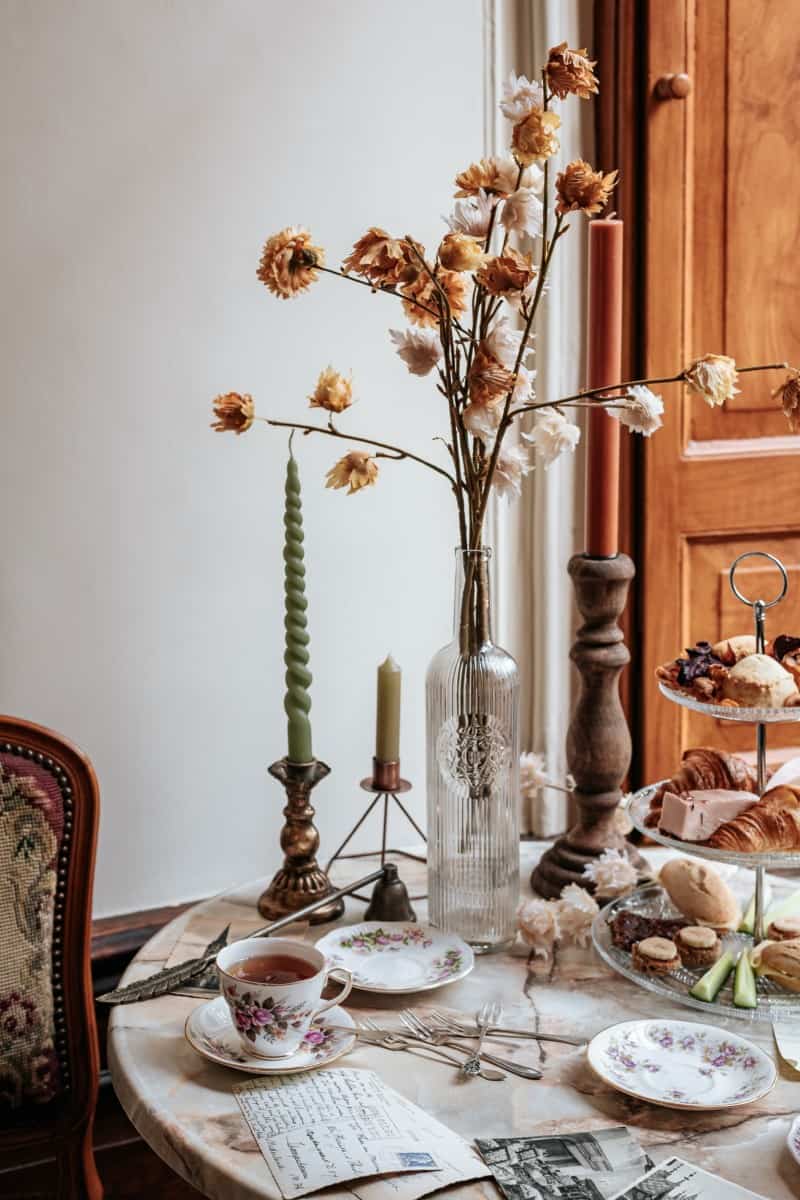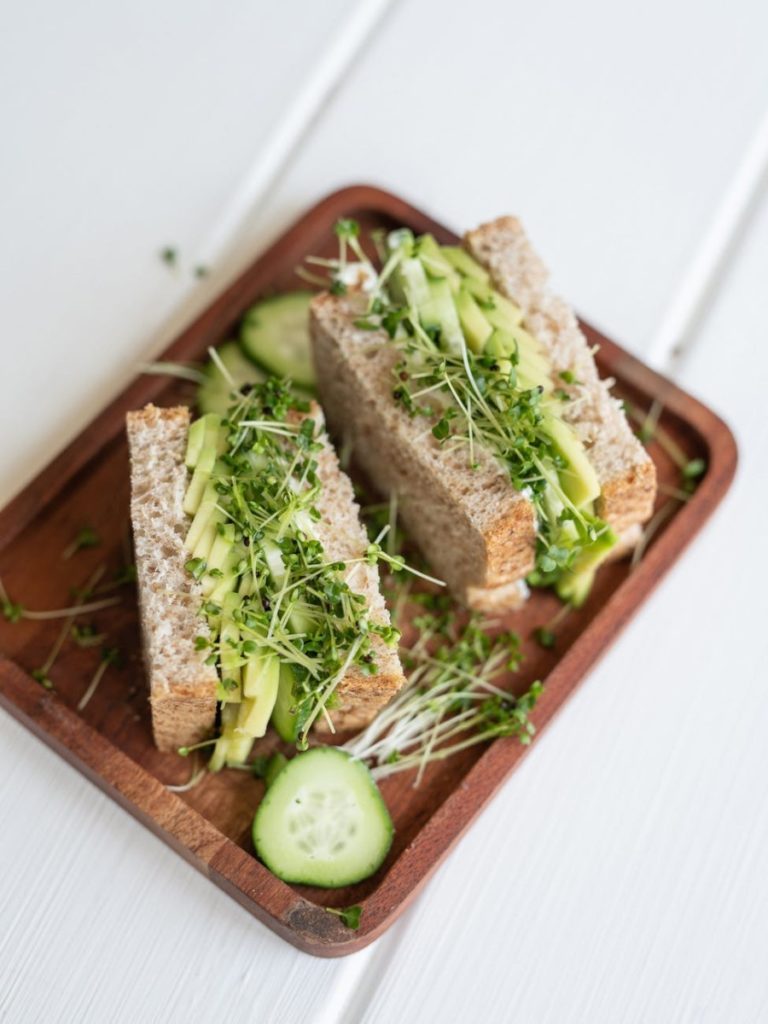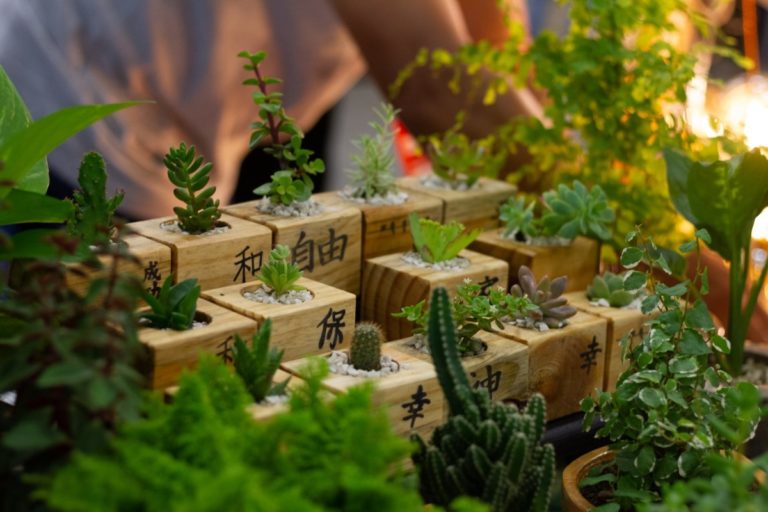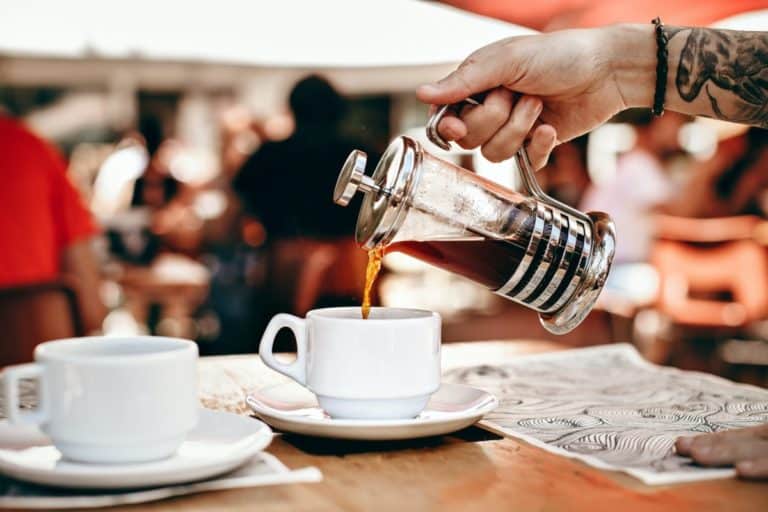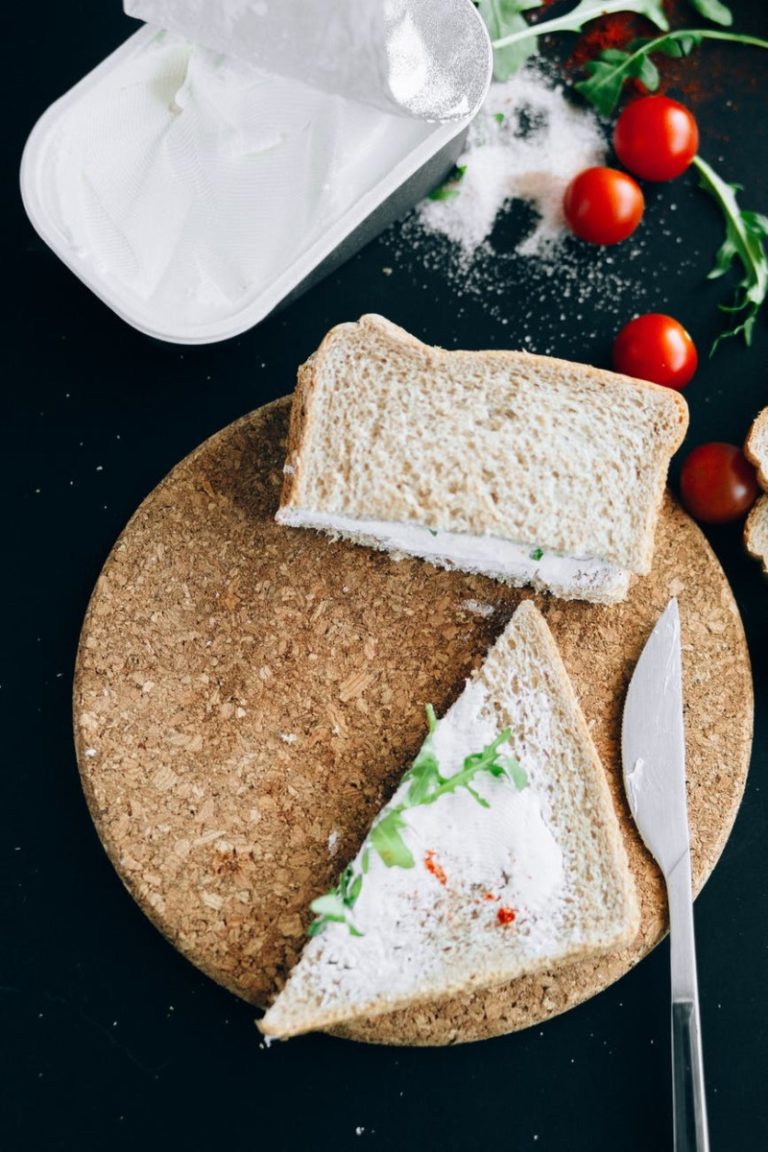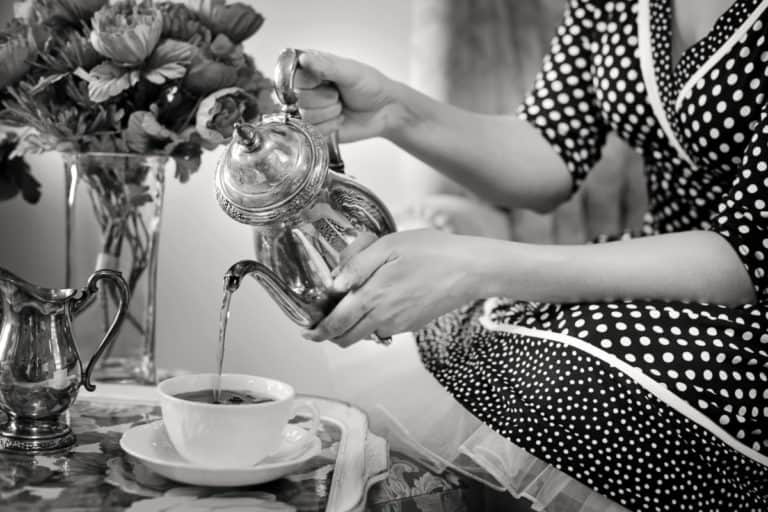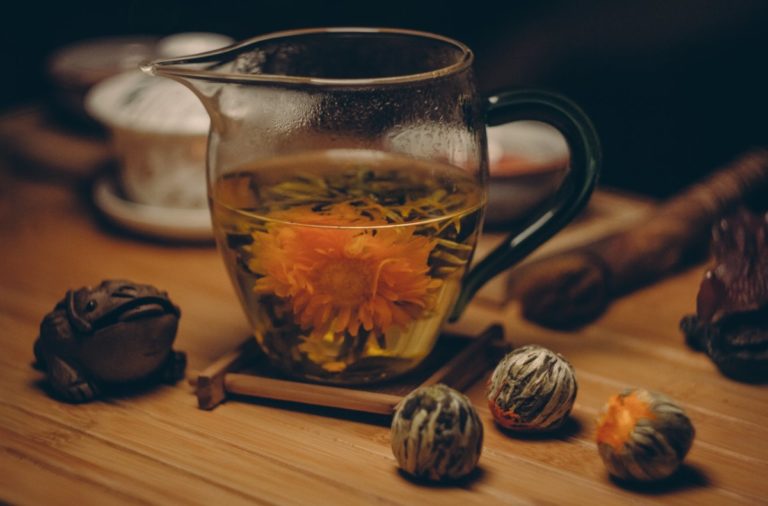High Tea Vs Afternoon Tea?
Oh, the afternoon tea! The very sound of it makes me fantasize about how amazing it must be. To our good fortune, this time-honored tradition that originated in the United Kingdom has recently gained traction all around the world. It is not difficult to see why this is the case when one considers the delectable assortment of scones, gourmet sandwiches, and sweet as well as savory pastries that are provided with a range of high-quality teas. However, there are still those who call what is now often known as “high tea” “afternoon tea,” which is the correct term for what is now commonly known as “high tea.”
In the event that you take pleasure in this subject matter to the same extent that I do, you will undoubtedly be excited to investigate the distinctions between the two “teas,” as revealed by history. So, shall we?
High Tea
The evening meal that was given at high noon was said to have inspired the name “high tea,” which means “high noon meal.” These meals are now referred to as either dinner or tea.
Around the year 1825 is when the custom of having high tea, which consisted of a very substantial meal, first appeared. High tea would often consist of serving hot meals, sliced meats, eggs, sandwiches, pork pies, and other connected items. Of course, the high tea would also include the traditional pot of tea itself, as well as delectable desserts for dessert to round off the occasion in a grand fashion. This supper, as can be seen, was heartier and more nourishing for individuals who had just finished a hard day of labor, and it was also a tremendous treat for the palette.
Afternoon Tea
In all actuality, this is what modern-day people mean when they refer to “high tea.” Traditional English afternoon tea includes a variety of miniature pastries and cakes, finger sandwiches with a variety of fillings, scones with jam and clotted cream, and of course, a pot of the best loose leaf tea. As a consequence, it is a meal that is lower in calories, and it is generally had throughout the afternoon. This is done so as to stave off the feelings of hunger that often arise between lunch and dinner. We owe the Duchess of Bedford a debt of gratitude since she was the one who, in the 1840s, was responsible for popularizing such a delicious late-afternoon dinner, which she routinely served to her guests.
There are also disparities in the times at which these two meals are consumed throughout the day. Afternoon tea, in its traditional form, is often consumed at four o’clock in the afternoon, just before supper. On the other hand, the traditional meal in the evening would be high tea, which would be served at around six in the evening.
Do names really carry that much weight?
To ensure that our “high tea” has the perfect combination of components is, in my opinion, the most essential thing. This entails the preparation of an exquisite teapot filled with loose leaf tea to be enjoyed with a freshly baked scone and maybe several finger sandwiches to round off the meal. The actual pleasure of an afternoon tea comes from striking the ideal harmony between its many tastes and feelings. When everything is taken into consideration, it really doesn’t make a difference what name we choose to call it now, does it?
The history of these two meals, which couldn’t be more different from one another, should be well known and well understood by all of us. In point of fact, part of this history is still preserved in the meals themselves. High tea, which is now more often referred to simply as “tea” in many parts of England, is still consumed on occasion in the modern-day, although afternoon tea is savored with a little more finery and refinement.
Follow the example set by the Ritz in London.
Although they may honor the custom of serving an English afternoon tea in the same manner as in the past and provide you with a dish that is, in my opinion, both decadent and delightful, they most certainly do not serve it between the hours of four and six o’clock in the evening as was originally intended. If you ever find yourself in London, make it a point to visit the gorgeous Palm Court dining room. Service begins at 11:30 in the morning, so you’ll have plenty of time to enjoy all of your senses there. Just please resist the urge to refer to it as brunch. Thanks. The Ritz is hosting an elegant afternoon tea today!
The Ritz in London is known for its traditional afternoon tea.
No matter what you decide to call this opulent get-together, I’m sure we can all agree that the quality of the company you keep and the delicacy of the food you serve are much more significant than the gathering’s moniker. After all, the purpose of high tea should be to spend a leisurely afternoon in the company of wonderful people while indulging in delectable culinary pleasures.
Would you agree with me that afternoon tea may be enjoyed at any hour of the day?
